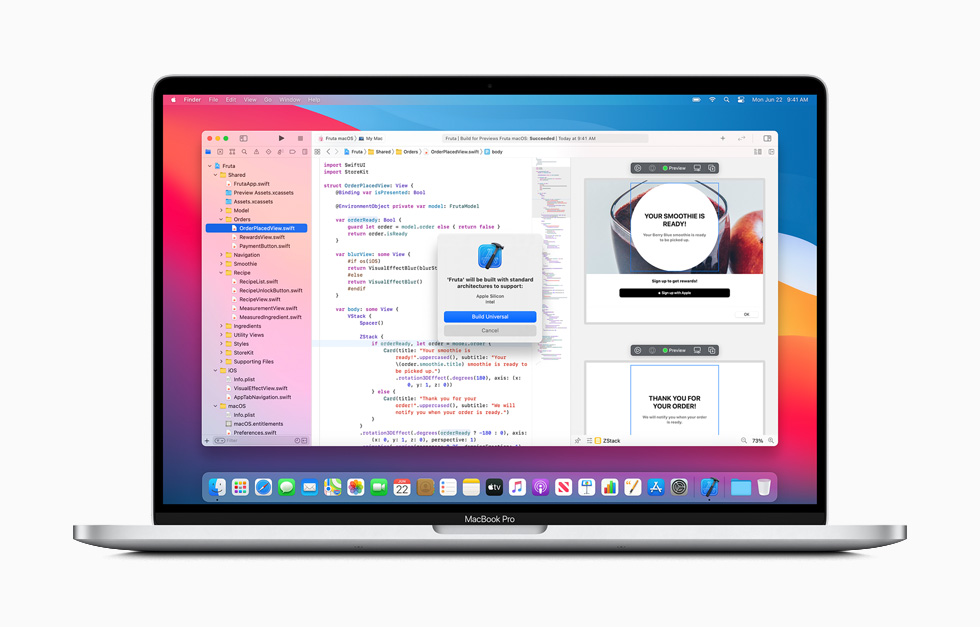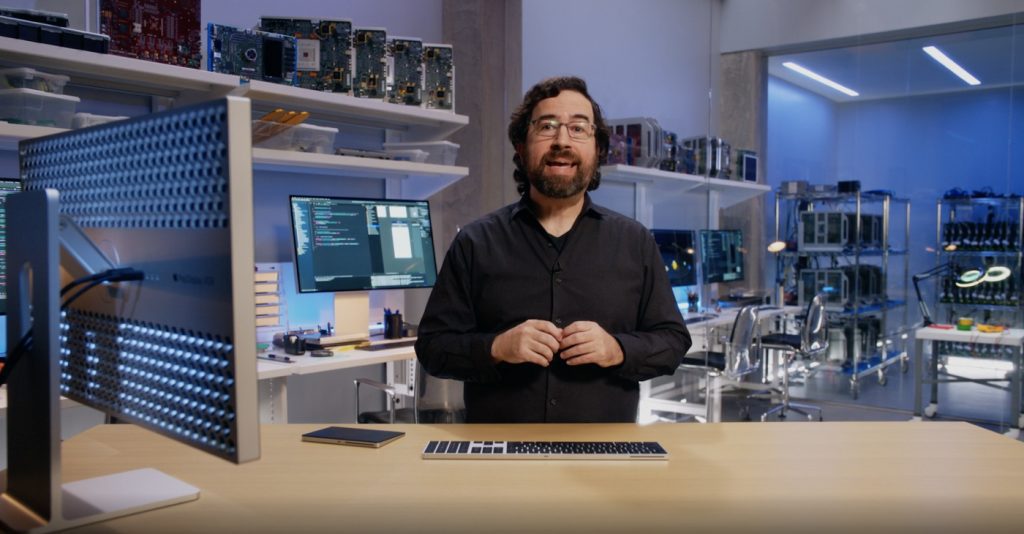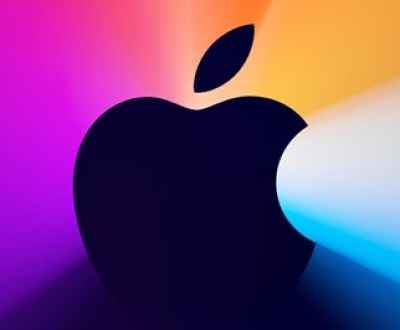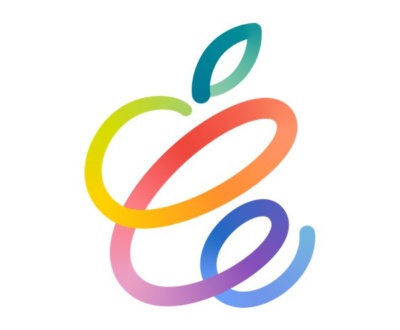As expected at WWDC this week Apple confirmed the transition from Intel to ARM powered MACs.This has been talked about for some time and was widely expected.
What was not expected was the speed of the transition.
The first ARM based MAC will ship this year and developers have access to a ARM based MAC mini today. The complete moved may take 18 months or so.

Why and what?
The transition to what the company is calling “Apple Silicon” will provide a huge array of benefits to future devices and frees Apple from depending on Intel’s chipsets for its hardware, which has dictated how and when it could update MacBooks in the past. Apple expects the first devices powered by its own processors will arrive later this year.

ARM-based processors offer increased performance while being more power-efficient and generating less heat than their Intel counterparts. The shift will potentially allow Apple to dream up thinner, lighter laptops that last longer on a charge and may not require fans to cool down while tackling complex tasks like running Photoshop or coding an app.
Most importantly, it allows Apple to have total control over its own destiny, building almost every aspect of its hardware in-house for the first time. This plays directly to Apple’s strengths. Building complete products with total control of the designs and core components. Instead of being tied to Intel’s CPU roadmap and production schedules Apple can now better determine what CPU power will be available when and importantly what volumes and prices. Steve Jobs should be very happy.
The benefits are clear, but switching to a new processor architecture is a massive undertaking with consequences for every app, including Apple’s own. The switch requires developers to rebuild their apps to run on the new ARM powered hardware correctly and adopt new coding practices that are compatible with ARM processors, potentially leaving many older apps to stop functioning entirely.
While this is difficult maybe extremely difficult it is not totally uncharted waters. Apple has done this before with the transfer to Intel from Power PC in 2005. Then it offered an emulation framework – Rosetta, which emulated apps from the PowerPC architecture on the new Intel processors. This time around it’s using the same name for the technology being used to help with the migration. Rosetta is a stop-gap solution that will eventually go away, as it did in the past, when enough developers have migrated to the ARM framework.
Emulation is a stop-gap solution. It’s slower, resource-intensive, and doesn’t always work as expected. It does, however, buy a developer time by allowing people to continue using their apps while they rewrite them, rather than losing users to a competitor who beat them there.
The difference this time around is that Apple doesn’t need to fear hitting the gas and making the jump, because it has millions of apps from iOS that will work out of the box as iOS is ARM based.
Egg or Chicken
Such a shift creates a chicken-or-egg problem: To get customers to buy an ARM computer, developers need to build enough apps to make it worth buying. To get developers to build apps for an ARM computer, they must be convinced it’s worth the investment to build for, and there needs to be hardware available for them to use.
Microsoft has faced this problem in its own attempts to shift to ARM-based processors over the years. The Surface Pro X, released in 2019 with a Microsoft-designed ARM processor, suffers from this chicken-egg problem: While Microsoft offers emulation so existing apps can run without changes, the technology is slow and doesn’t support 64-bit apps (the majority of existing Windows apps). Few developers rebuilt apps that function natively on the device, and worse still, many of Microsoft’s own apps aren’t even ARM compatible yet and can’t run. The company’s code editor, Visual Studio Code, only became compatible months after the device first launched, and the .NET framework, which many developers need to rebuild their apps, won’t support ARM until the end of 2020.
Unlike Microsoft, Apple has an ace up its sleeve: a robust mobile App Store. When “Apple Silicon” macOS devices are available later this year, they’ll be able to run iOS and iPADOS apps without any changes to their code on day one. That means you can play games like Monument Valley or run the mobile version of the Spotify app, without their developers needing to do anything at all — they’ll just work.
That’s a huge advantage, allowing Apple to make the shift without fear of losing customers who find their favorite apps no longer function all of a sudden. But getting desktop-focused apps like Adobe Photoshop working on the new hardware won’t be as simple — individual developers will need to update their programs for them to work properly and take advantage of the hardware.
Two Part Plan
The first part of the plan hinges on developers cooperating with the shift. Starting today, developers can apply for access to a “Developer Transition Kit” in the form of a special Mac Mini equipped with its new ARM based processor, so that they can begin testing their apps and making the required changes.
For developers of simple apps, such as a note-taking app, that’s likely to be a straightforward process that’s eased by Apple’s tools that identify and suggest changes in the program’s code. For more complicated apps with massive codebases, like Adobe’s video editing tool Premiere, that process could take months of development effort.
That’s a tall order for companies like Adobe, Microsoft and many others, which will now need to redirect thousands of hours of developer time to rewriting code rather than writing new features that might actually help their users. They also need to redirect that investment in a matter of months, given the first hardware will arrive before the end of the year, leaving them exposed to losing customers if they aren’t fully ARM compatible.
The second part of Apple’s plan relates to developers who can’t — or won’t — update their apps in time for the new hardware. Instead of blocking incompatible apps entirely, macOS will run them using a tool called Rosetta 2, which emulates how they would expect to function on an Intel processor.

With support for so many iOS apps people are already using every day, Apple can make the jump without fear of losing customers and be sure that developers will follow. It’s created an end-run around the chicken-egg problem that Microsoft could only dream of achieving with Windows, and it’s making the change within a matter of months without fear of alienating developers or customers.
WWDC was a coup for Apple, because it showed a return to form for a company that’s not afraid to make ambitious, sweeping changes that would scare any of its competitors. It also demonstrated that macOS isn’t going anywhere anytime soon, and that after years of neglect, Apple finally cares about the laptop and desktop again.
While Apple can not be accused of lacking in innovation over the last few years the ARM switch confirms Apple once again is the world leader in computer technology, design and innovation. The latest iPAD Pro shows what can be done with ARM based silicon and the new MACs should once again propel Apple to leadership in desktops and especially laptops where power and size are more critical.
Plus with one Architecture on all products this gives Apple a unique advantage in the industry that is much larger the just computers.

About us and this blog
We are a digital marketing company with a focus on helping our customers achieve great results across several key areas.
Request a free quote
We offer professional SEO services that help websites increase their organic search score drastically in order to compete for the highest rankings even when it comes to highly competitive keywords.









